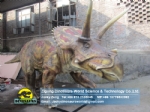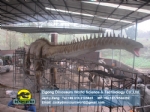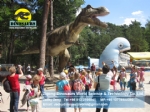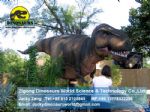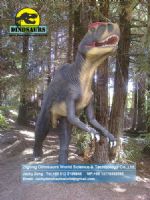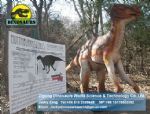Product Categories
Our newsletter
- Home > Animatronic Dinosaurs > Robot Dinosaurs > High Simulation robotic dinosaurs- Ornitholestes for Dinopark DWD075-2
High Simulation robotic dinosaurs- Ornitholestes for Dinopark DWD075-2
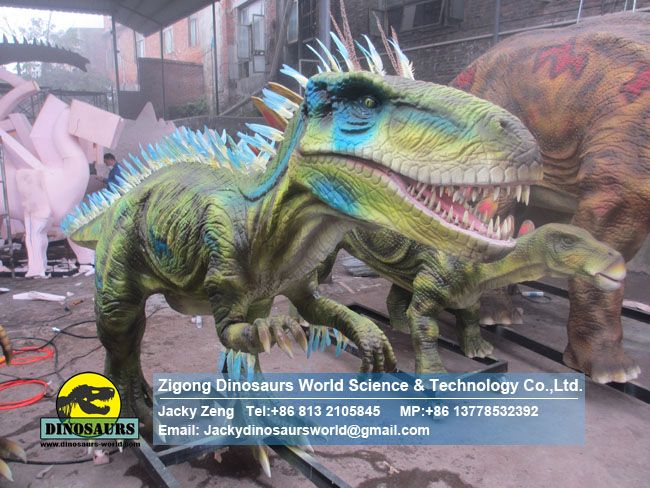

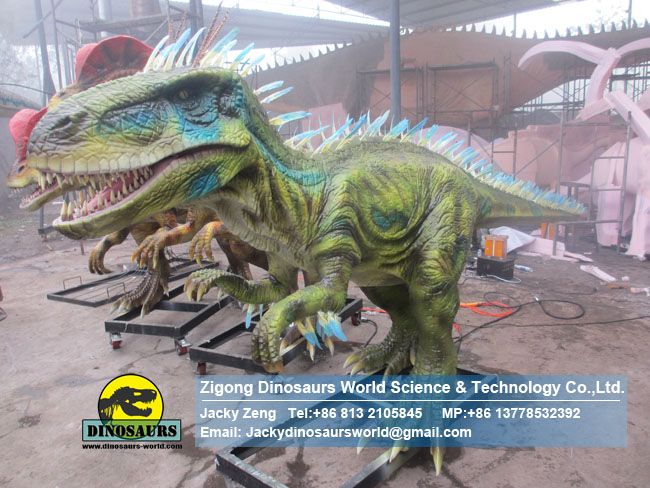
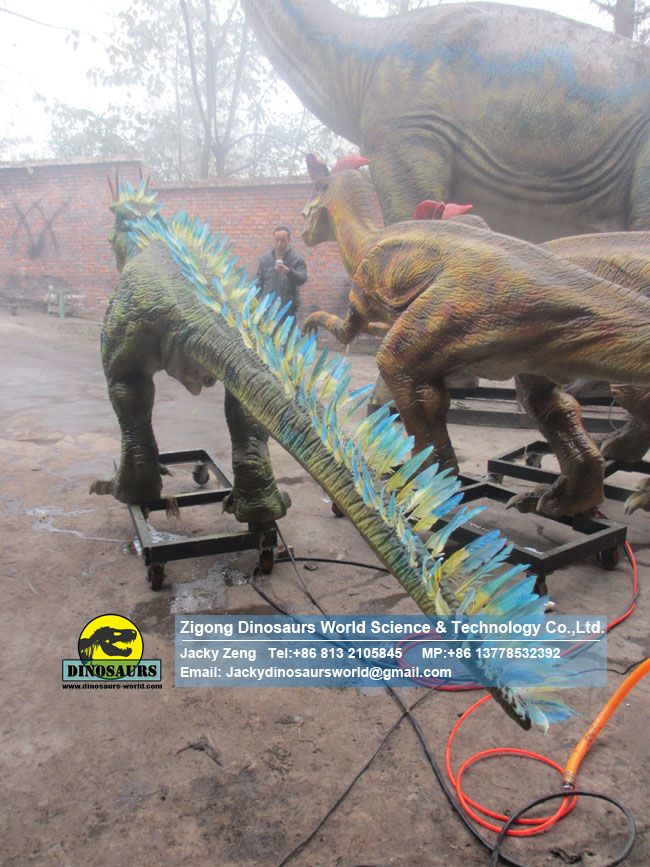
- Detailed description
High Simulation Animatronics Dinosaur- Ornitholestes For Amusement Park, High Quality High Simulation Animatronics Dinosaur- Ornitholestes For Amusement Park,High Quality Mechanical Animatronic Ornitholestes,Amusement Park Animatronic Ornitholestes Model,Zigong Dinosaurs World Science & Technology Co.,Ltd.
1).Material: Inner(High quality metal framing ) + Outside(Advance silicon rubber)
2).Movements: Mouth open and close synchronize with the sound, neck to head moving left to
right-up and down, stomach breathing, tail swaying , claws forward and back , eyes blink , body up and down.
3).Sounds: Dinosaur alive roaring sound
4).Power: With ISO Certificate high qulity motor . 110/220 vac 50/60hz
5).Accessories included: Control box with one free spare. one speakers with buildin woofer and volume controler,remote control, sensor infrared control and free facts stand .
6).Remarks: All of our animatronics products made up of well treated metal frame ( international export standard) Movements,skined and fleshed with a high density foam , sculpted by our professional artists team with a high grade silicon rubber , which make an alive-look , good touch and smooth movements animatronic dinosaurs .
Suitable for indoor and outdoor use .
Can be displayed at Exhibition show , Dino & theme park , Museum , Playground , Exhibition show , Super market etc...
Dimensions: L=4.5m , W=0.7m , H=1.4m ( This dinosaur can be shipped with a whole unit )
Ornitholestes (meaning "bird robber") is a small theropod dinosaur of the late Jurassic (Brushy Basin Member of the Morrison Formation, middle Kimmeridgian age, about 154 million years ago[1]) of Western Laurasia (the area that was to become North America).
To date, Ornitholestes is known only from a single partial skeleton with a badly crushed skull found at the Bone Cabin Quarry near Medicine Bow, Wyoming, in 1900. It was described by Henry Fairfield Osborn in 1903. An incomplete hand was later attributed to Ornitholestes, although it now appears to belong to Tanycolagreus. The type (and only known) species is O. hermanni. The specific name honors the American Museum of Natural History preparator Adam Hermann.

- Related products


